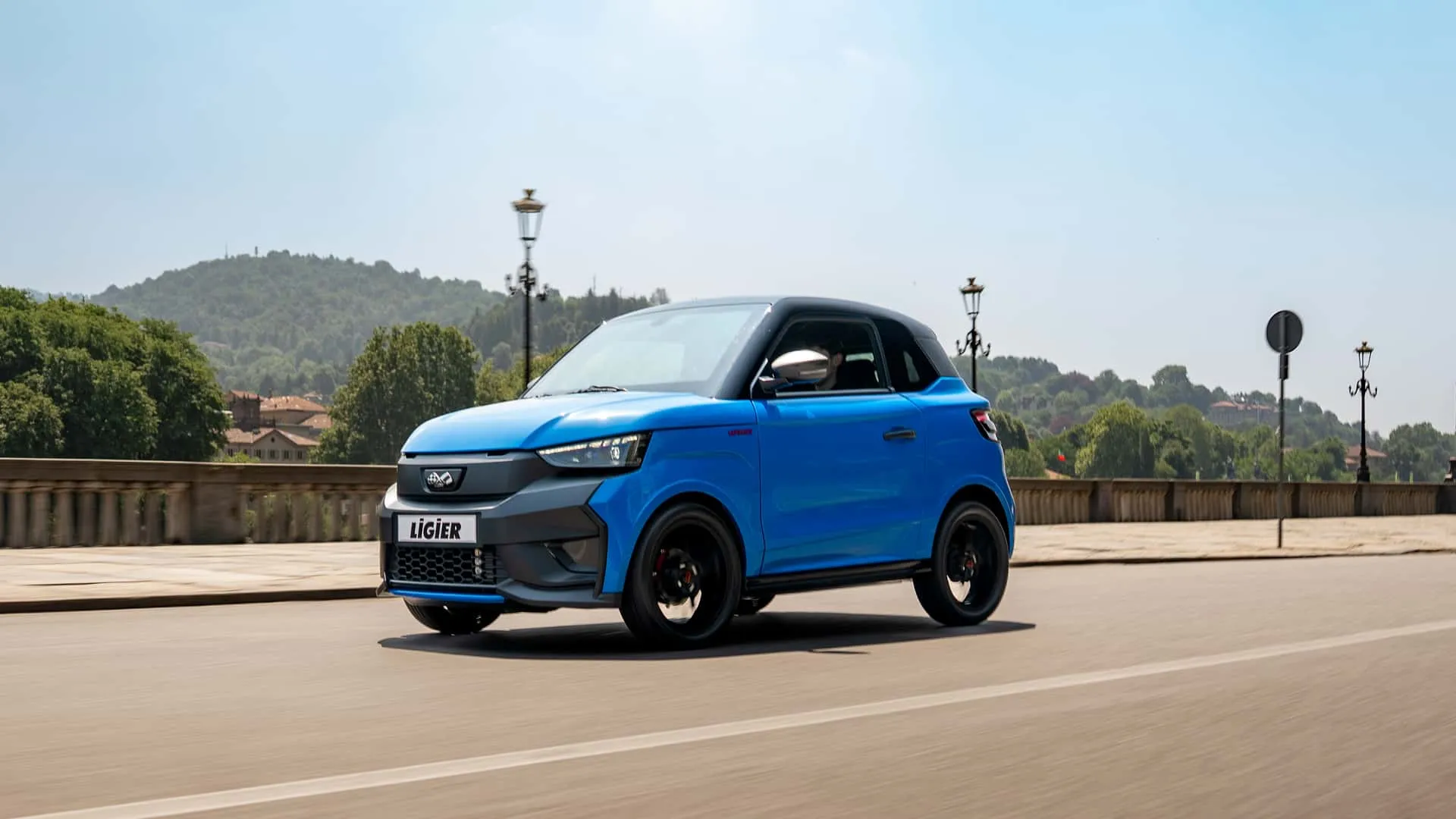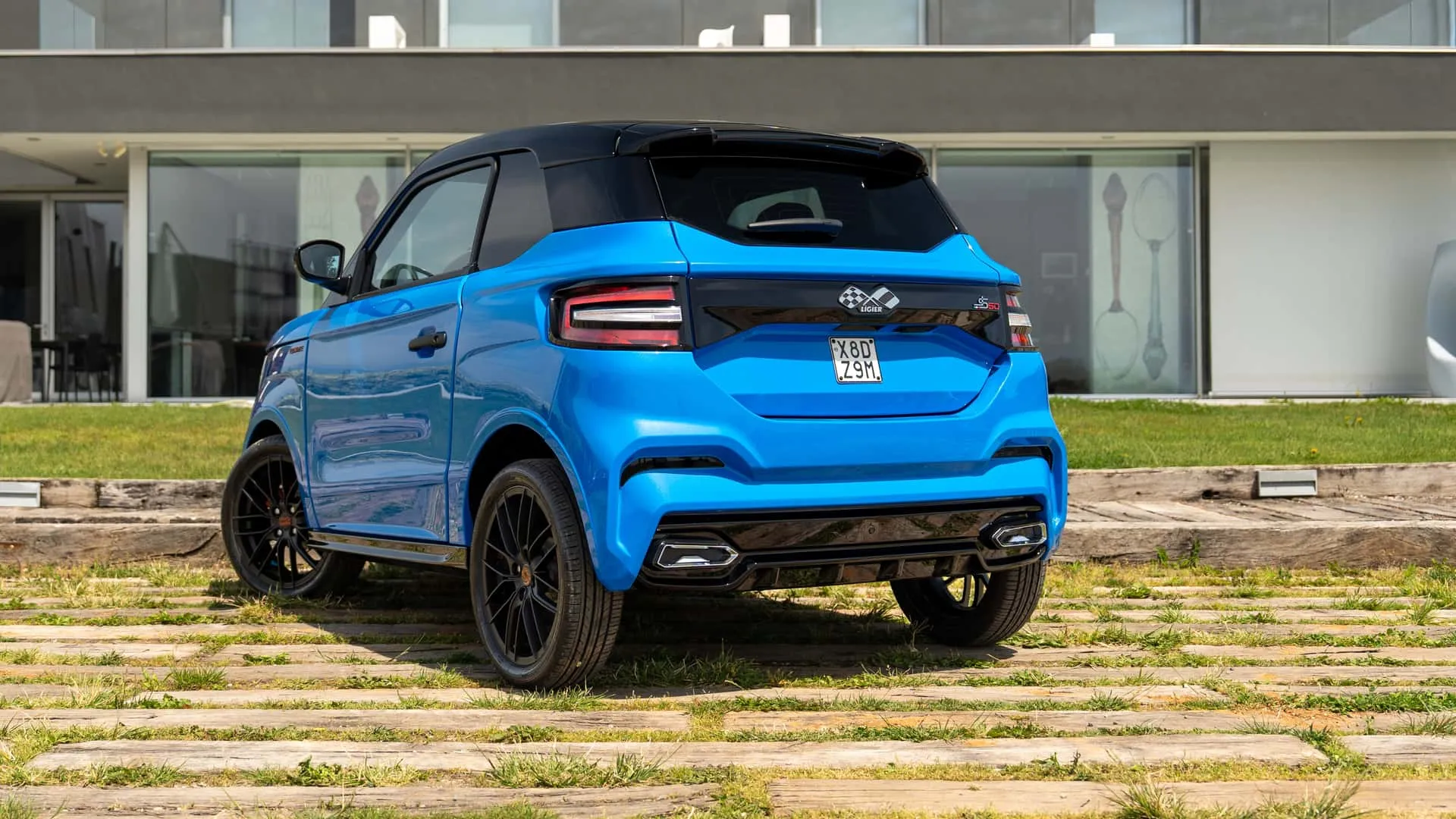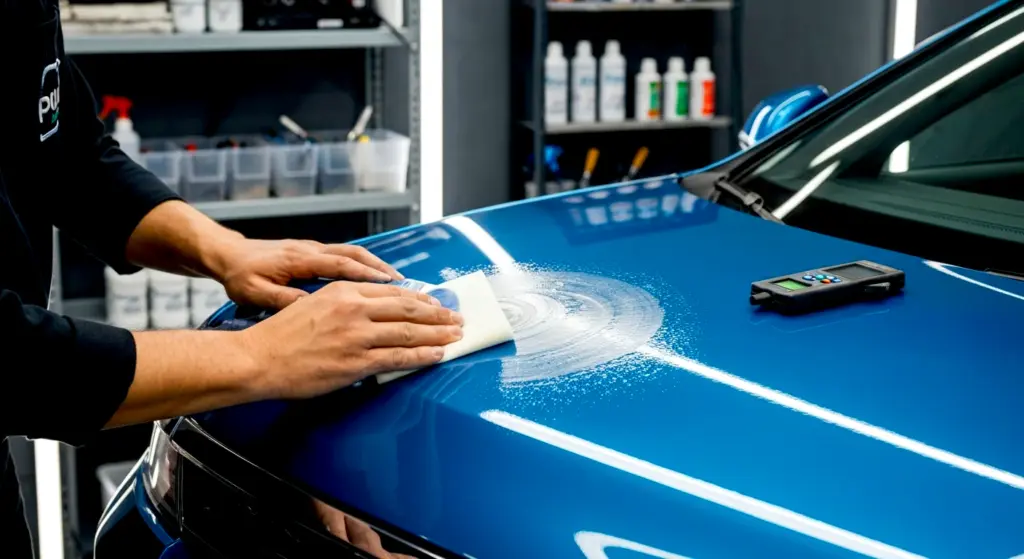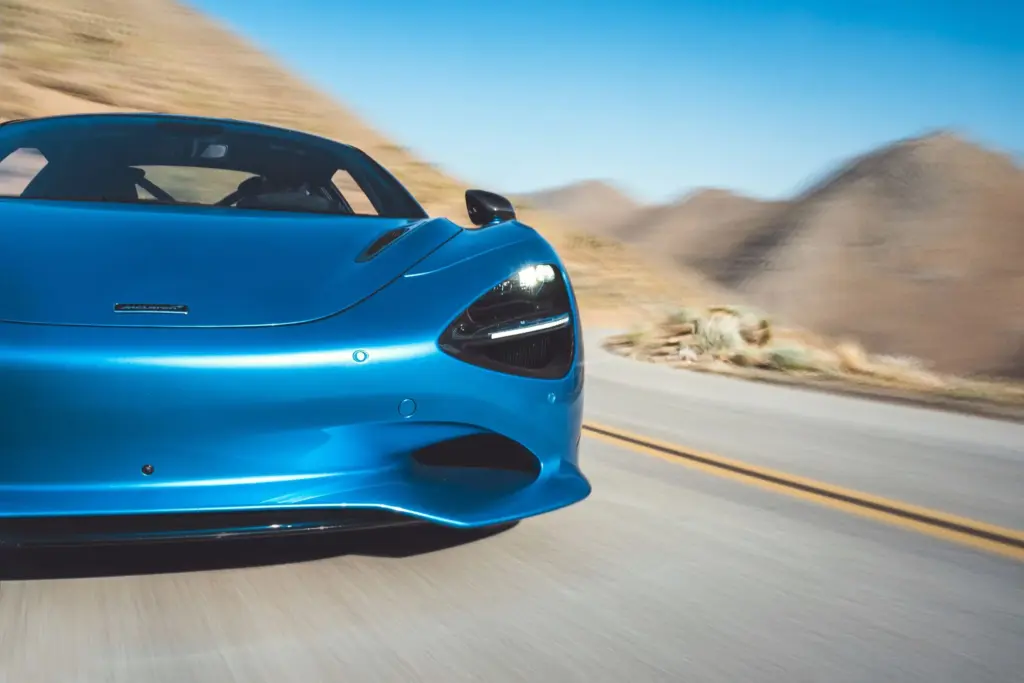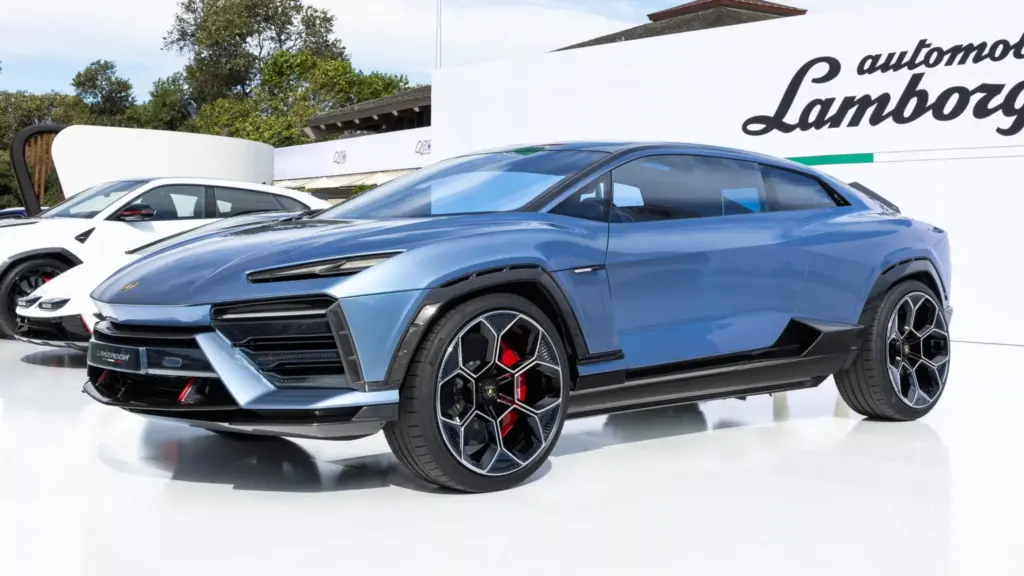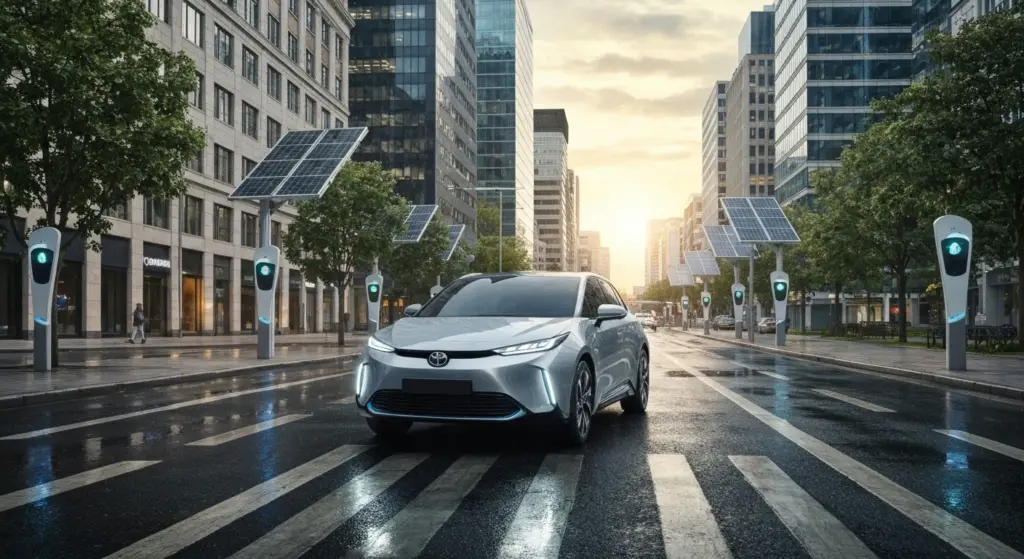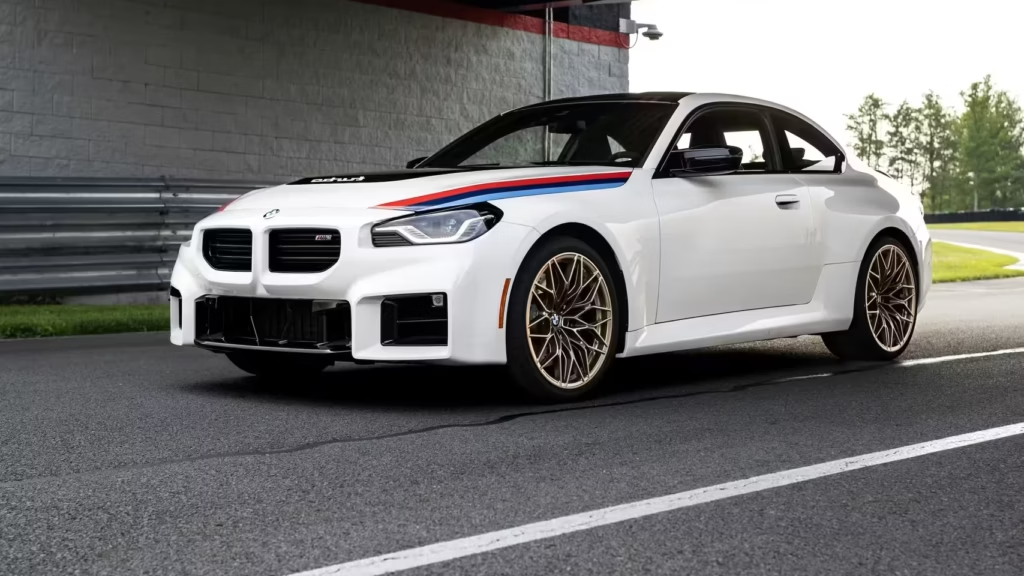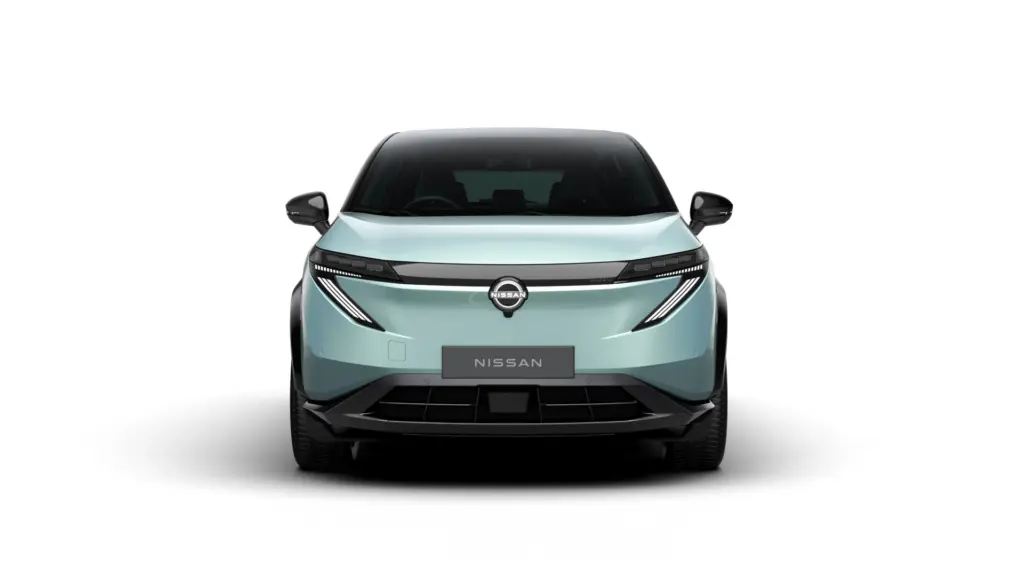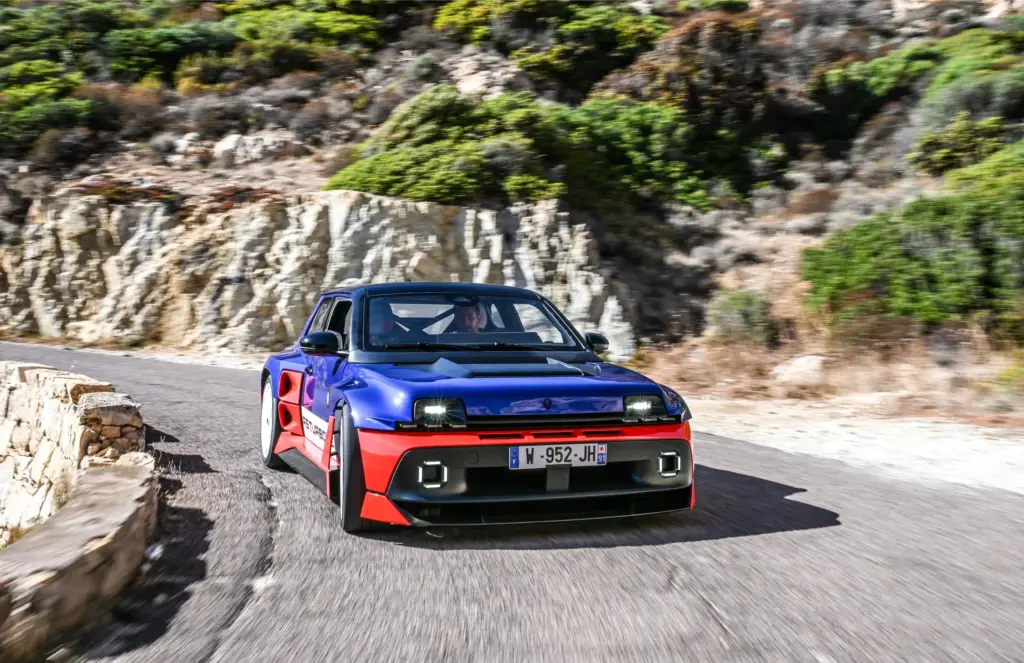In a world where everyone only talks about electric cars, Ligier shows up with a novelty that makes you scratch your head: a micro-car with a diesel engine. Yes, you read that right. Forget the Formula 1 of the past, the game now is different, and they’ve just updated the JS50 for 2025 with this unusual option. It’s like someone launching a new suet pudding in the middle of the fitness craze. What the heck, right?
What Kind of Diesel Engine Is This in the 2025 Micro-Car?
The big star (or villain, depending on your point of view) of the Ligier JS50 2025 is the new four-stroke diesel engine. Called the REVO D+, this powerplant has 499.8 cm³ and, believe it or not, got Euro 5+ certification. That means that starting in January 2025, it meets the emissions standards for light vehicles. They promise low consumption, little vibration, and “essentially lower” emissions than before. Really? I remain skeptical, but the boldness is remarkable.
With 27 Newton-meters of peak torque between 2,000 and 2,700 RPM, Ligier’s website promises the car is “ultra-quiet and with minimal vibrations.” Come on, an itty-bitty diesel being ultra-quiet? I’ll believe it when I see it. But if true, that’s a big plus for anyone looking for a lightweight daily vehicle without the typical noise and harshness of old small diesel engines.
Fuel Consumption and Range: Where Diesel Tries to Shine
Here, the Ligier JS50 2025 with diesel engine shows its claws (or at least the intention). According to the manufacturer, the average consumption is around an incredible 3.0 liters per 62 miles (3.0 L/100 km) under the WMTC cycle. For a fossil fuel car, that’s out of this world, almost competing with some mild hybrids around. Speaking of fuel economy, have you seen what the Dacia Bigster Mild Hybrid-G 140 offers?
With a 4.5-gallon (17-liter) tank—which isn’t small for a car of this size—the total range easily exceeds 310 miles (500 km). That means you don’t have to stop all the time to refuel, which is a clear advantage over many electric vehicles with limited range, even though diesel requires no recharge time, of course. While many competitors focus on electrification, like the BYD Seal 06 EV aiming for a low price, Ligier bets on diesel’s efficiency.
Size and Interior: Small Outside, Spacious Inside?
Dimension-wise, the Ligier JS50 2025 stays true to the original formula: 9.7 feet (2.95 meters) long, 4.9 feet (1.50 meters) tall, and just under 4.9 feet (1.5 meters) wide. It’s a car made to squeeze into tight streets and park anywhere. It’s the kind of car that makes SUVs look like dinosaurs. In this category, every inch counts, and the battle is fierce with other compact models. Check out the Daihatsu Move, another master at maximizing space.
Despite its modest dimensions, the trunk surprises with a maximum capacity of 16.6 cubic feet (471 liters). Damn, that’s more space than many midsize hatchbacks out there! Seriously, how did they do that? The interior also got a facelift, with a more sophisticated cockpit. The multimedia center now features a 10-inch touchscreen compatible with Apple CarPlay and Android Auto, a rear camera, wireless charging, and USB-C ports. There’s even a Pioneer sound system with six speakers and LED ambient lighting. You could throw a party in there (if your friends fit, of course!).
Who Can Drive It and How Much Does This Toy Cost?
Legally, the Ligier JS50 2025 is classified as a light quadricycle (category L6). That means in many European Union countries, it can be driven with an AM license starting at age 14. The top speed is limited to 28 mph (45 km/h). Yep, 28 mph. It’s the kind of car to go to the bakery, school, or local market—no rush, no stress (unless someone cuts you off in traffic, then stress is guaranteed). It’s a different segment from cars like the 2026 Toyota Aygo X Hybrid or the 2025 Kia Picanto GT-Line, which are real cars, faster and requiring a full driver’s license (category B).
Now, here’s the part that makes us think: the price. In Germany, the base price of the diesel Ligier JS50 is €15,200 (approximately $16,200 USD). Fifteen thousand two hundred euros for a car that goes 28 mph? Hell, that’s damn expensive! The electric version, which also exists, starts at €16,499 and goes up to €22,699 for the top L7 trim. Compared to some entry-level “real” cars or even some simpler electric models, that price seems steep considering the limited speed and concept. Even electric cars with better range and performance, like some we’ve seen out there, can be competitively priced depending on incentives.
Ligier JS50 (Diesel) vs. Competitors (Overview)
- Ligier JS50 Diesel: Diesel engine, 28 mph (45 km/h), AM License (14+), Large trunk, Base price ~€15,200
- Opel Rocks Electric: Electric motor, 28 mph (45 km/h), AM License (14+), Small trunk, Similar or higher price
- Microlino: Electric motor, 56 mph (90 km/h) (L7 version), AM or B License, Retro design, Higher price
- Urban Car (Ex: Picanto, Aygo): Combustion/hybrid engine, >62 mph (100 km/h), B License, Larger, Similar or lower base price
Frequently Asked Questions About the Ligier JS50 (2025)
- What kind of engine does the Ligier JS50 2025 have?
It has a new four-stroke diesel engine called REVO D+, with 499.8 cm³. - What is the top speed of the diesel Ligier JS50?
The top speed is limited to 28 mph (45 km/h). - What license do I need to drive the Ligier JS50 in Europe?
In many EU countries, it can be driven with an AM license starting from age 14. - What is the starting price for the diesel Ligier JS50?
The starting price in Germany is €15,200. - Is the Ligier JS50’s trunk large?
Yes, despite the car’s compact size, the trunk offers a generous maximum capacity of 16.6 cubic feet (471 liters).
Honestly, the idea of a super-economical diesel in a micro-car is interesting and goes against the electric wave, which has its charm. The giant trunk is a brilliant move for such a tiny car. But damn, the price for going 28 mph is outrageous. It feels more like an expensive toy with a roof than a real car. For those needing super-restricted city mobility who can drive at 14, it might be a valid option. But for anyone seeking a “normal” entry-level car, there are much faster alternatives that are sometimes even cheaper, although requiring a more complete driver’s license.
And you, what do you think of Ligier’s bet on diesel for micro-cars? Leave your comment below!
Author: Fabio Isidoro
Founder and editor-in-chief of Canal Carro, he dedicates himself to exploring the automotive universe with depth and passion. A car and technology enthusiast, he produces technical content and in-depth analyses of national and international vehicles, combining quality information with a critical eye for the public.


